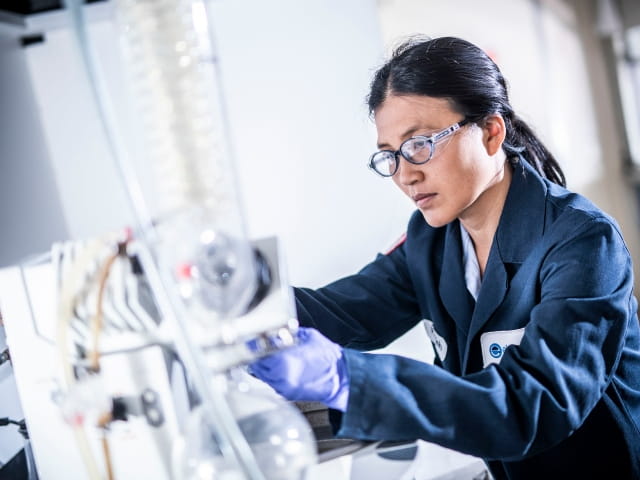What is a legionella risk assessment?
What is Legionella bacteria?
Is a legionella risk assessment a legal requirement?
- The Health and Safety at Work Act
- Management of Health and Safety at Work Regulations
- Control of Substances Hazardous to Health Regulations (COSHH)
Other legislation (not an exhaustive list) relating to the control of legionella in the workplace includes:
- Notification of Cooling Towers and Evaporative Condensers Regulations
- Reporting of Injuries Diseases and Dangerous Occurrences Regulations (RIDDOR)
Our Legionella risk assessment report
- Executive Summary (including any remedial control actions or requirements for ongoing management, Legionella monitoring, or training)
- Introduction
- The Control of Legionella Bacteria in Water Systems
- Assessment Procedure
- Description of Water Systems
- Appendix 1 Risk Assessments
- Appendix 2 Asset List and Temperature Measurements
- Appendix 3 Photographs
- Appendix 4 Schematics
- Appendix 5 HSG274 Part 2 and Part 3 Checklists
- Appendix 6 Example of Monitoring Check Sheets and Procedures
- Appendix 7 Example of Written Preventative Scheme
Our Legionella risk assessment services
We offer Legionella testing and Total Viable Count (TVC) water sampling to indicate heterotrophic organisms' total level (fungi, yeasts, molds, and bacteria) within a sample. TVC sampling shows general contamination within a system, determining if further investigation or remedial action is necessary.
LEGIONELLA RISK ASSESSMENT IN THE UK
In the UK, our team of qualified occupational hygienists, all of whom are members of the British Occupational Hygiene Society, carry out Legionella risk assessments following the Health & Safety Executive's Approved Code of Practice (ACOP) L8, and their supporting Health and Safety Guidance HSG274.
LEGIONELLA RISK ASSESSMENT AND LEGIONELLA TESTING IN THE US
In the US, Element’s Lafayette, LA, laboratory provides environmental analytical and bioassay testing services, offering clients one-stop access to testing for several programs, including NPDES GMG 290000, NCP Product Schedule testing, and Legionella testing. Our lab uses the Legiolert testing method for comprehensive Legionella monitoring.
LEGIONELLA RISK ASSESSMENT AND LEGIONELLA TESTING IN THE MIDDLE EAST & ASIA
We also offer ISO 17025-accredited Legionella testing services in our Dubai (UAE), Doha (Qatar), and Dammam (Saudi Arabia) laboratories, and can provide certain Legionella testing services through our Mumbai (India) and Singapore facilities.
The Element advantage
Element has a global network of ISO 17025-accredited water testing laboratories to provide you with a range of comprehensive legionella risk assessment services. Our teams of highly experienced and qualified occupational hygienists help you identify potential risks and introduce effective measures to ensure compliance and safety.
For more information about our Legionella risk assessment services, contact us today.
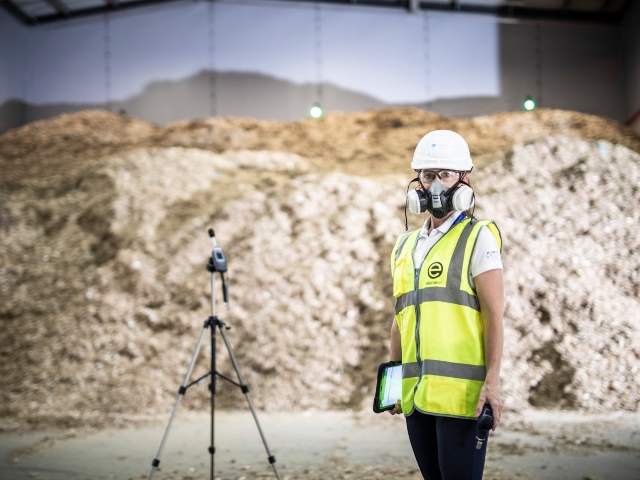
An Introductory Guide to Occupational Hygiene
A healthy bottom-line is directly linked to a healthy workforce. Download our reference guide to understanding each aspect of occupational hygiene in the workplace.
Download Your Copy TodayRelated Services
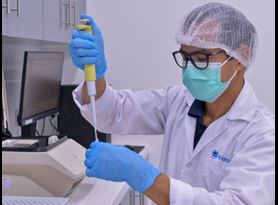
Real-Time Polymerase Chain Reaction (RT PCR) Testing
Element offers Real-Time Polymerase Chain Reaction (RT – PCR), a rapid test method to identify pathogens in food, water, and other environmental samples.
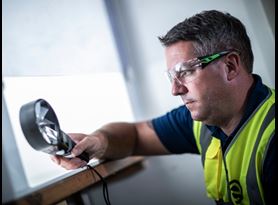
Local Exhaust Ventilation (LEV) Testing
Element provides LEV testing services across a range of extraction systems, in accordance with HSG258 guidelines, to help you make certain that the workplace is safe and compliant.
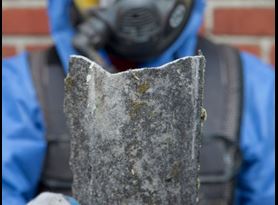
Asbestos Testing, Bulk Sample Analysis & Surveys
Find out how we help our customers to successfully achieve asbestos management compliance and prevent exposure to asbestos.
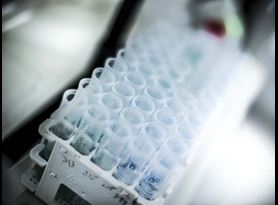
Microbiological Analysis
Element provides a wide range of microbiological analysis projects for medical devices, from pathogen and bioburden testing to endotoxin and cytotoxicity analyses.
